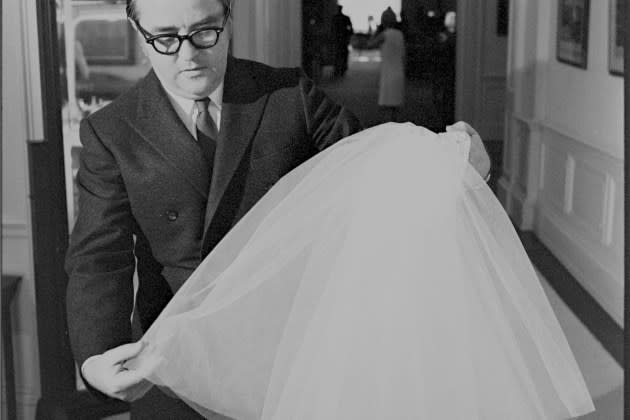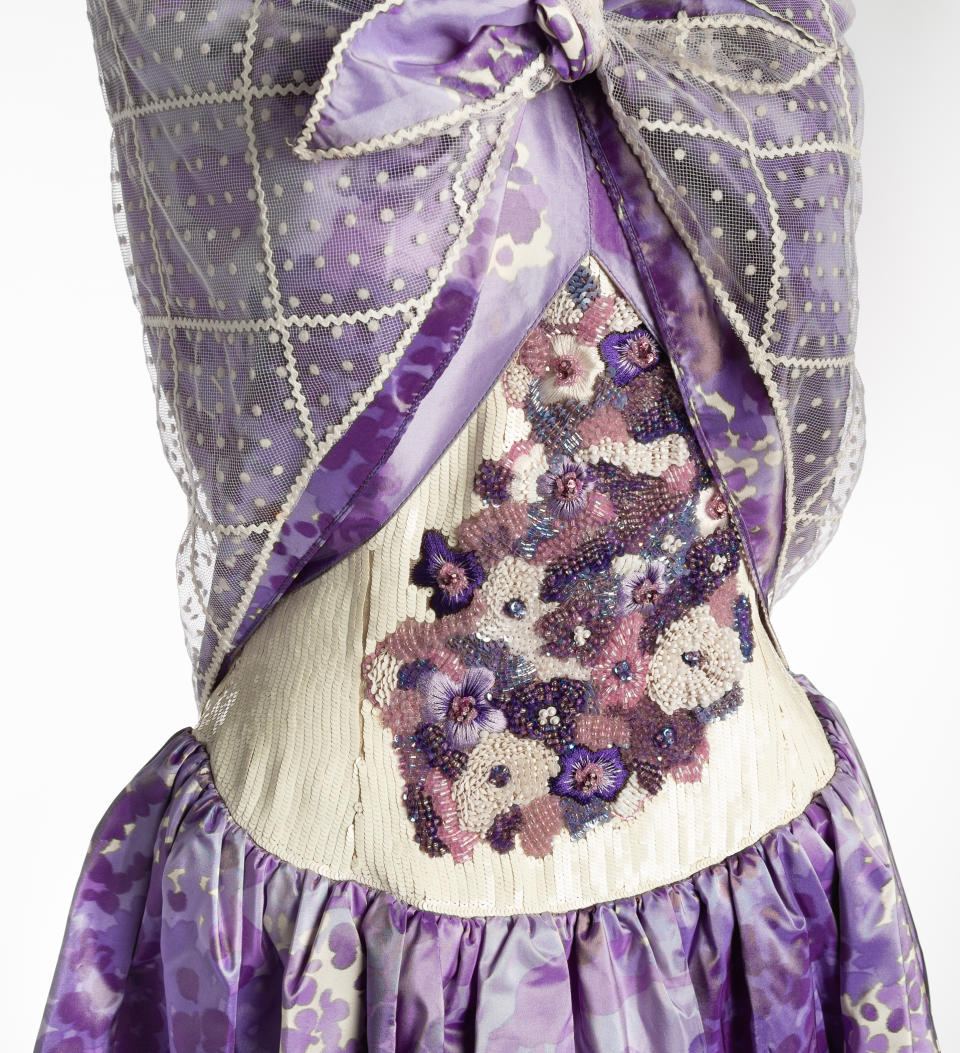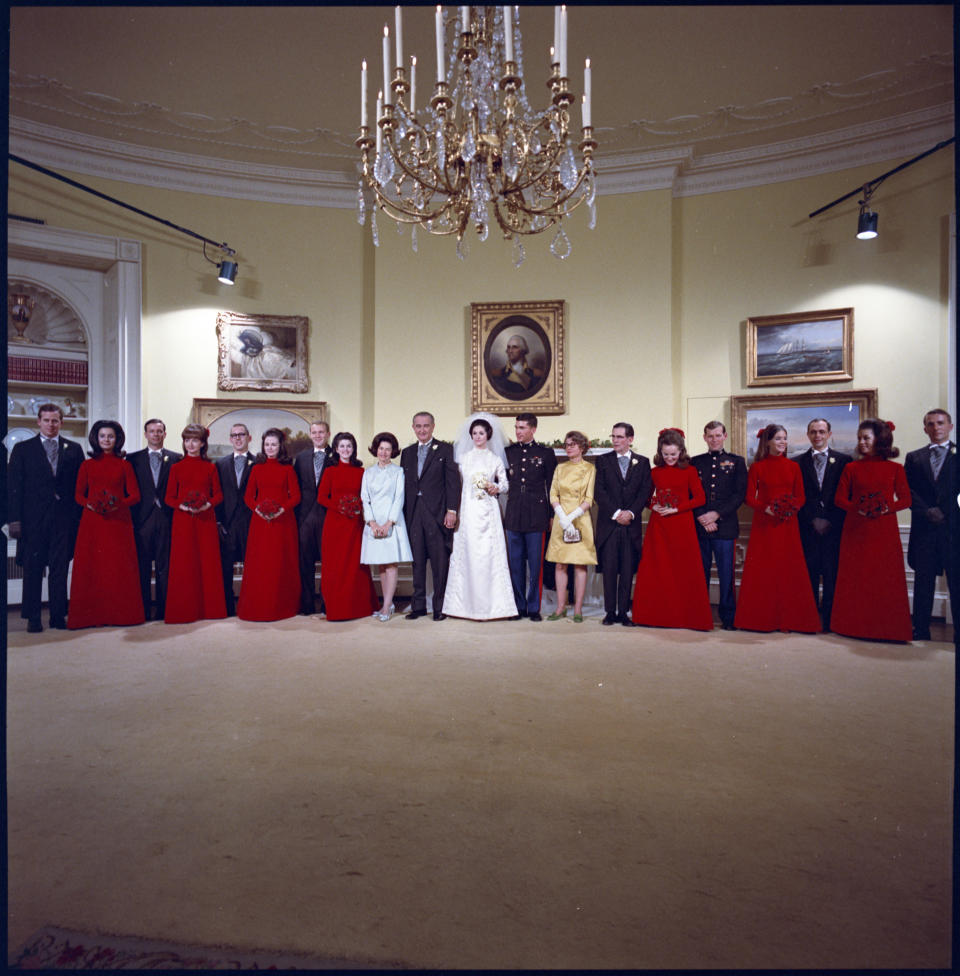Diehard Geoffrey Beene Fan Donates 200 Pieces to LSU
- Oops!Something went wrong.Please try again later.
- Oops!Something went wrong.Please try again later.
- Oops!Something went wrong.Please try again later.
- Oops!Something went wrong.Please try again later.

In what would have been fashion designer Geoffrey Beene’s centennial year, the Lousiana native’s work is being honored in a two-part exhibition in his home state of Louisiana.
On view through Jan. 24, “Coming Home: Geoffrey Beene” is being staged at the Louisiana State University Textile & Costume Museum. There is also “Coming Home: Geoffrey Beene — Southern Reflections” at the LSU Museum of Art. In total, 114 of Beene’s looks are on display.
More from WWD
Beene, who died in 2004 at the age of 80, was born in Haynesville, La., before establishing himself in the fashion industry and starting his own company in 1963. He earned eight Coty awards and two CFDA awards. During his 40-year career, he racked up his share of devoted clients including Faye Dunaway, Nancy Reagan and Lady Bird Johnson, but perhaps none as loyal as Sylvia R. Karasu, M.D., who has worn Geoffrey Beene designs daily since 1991. LSU Textile & Costume Museum’s director and curator Michael Mamp said Tuesday, “When I say, she wears Mr. Beene only, I’m not kidding — everyday.”
The new exhibition was made possible thanks to Karasu, a clinical professor of psychiatry at Weill Cornell Medical College, who donated 200 of her Geoffrey Beene pieces from the 1960s through the early 2000s to LSU. She attended the show’s opening earlier this month along with Mamp and Russell Nardozza, former senior vice president and chief operating officer of Geoffrey Beene LLC.

Karasu first caught sight of Beene’s work, while shopping at Bergdorf Goodman and liked one of his summer dresses. A sales associate explained that the garment was expensive, due to Beene’s exquisite craftsmanship and design. After a salesperson showed her the finishing details, the biased tape on the seam finishes and how Beene’s construction was always done without any darts, Karasu became so enamored with his work that he became her designer of choice, Mamp said. The pair also became friends, as highlighted in postcards and letters between the two that are on display in the exhibition. After each fashion show, his prized client would have a cake made in the shape of her favorite runway look and would send that to the design studio staff, Mamp said.
Born into a family of doctors, Beene did not complete his own medical studies as intended at Tulane University, but his understanding of anatomy later served him well in the field of fashion design. After leaving behind his plans for a career in medicine, he lived in Paris immersing himself in couture and drawing inspiration from the theatrical flair of Edward Molyneux and Schiaparelli. Beene then returned to the U.S. in the 1950s.

LSU has on view pieces from Beene’s fall 1992 circus collection including a monkey dress that has a net mesh bolero that is embroidered with monkeys and bananas. Appraised at more than $240,000, the gift is the largest and most valuable one that the LSU Textile & Costume Museum has received, Mamp said.
The outpost at the LSU Museum of Art was curated by graduate students from LSU’s department of textiles apparel design, and merchandising under Mamp’s direction.
Best of WWD

